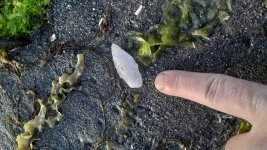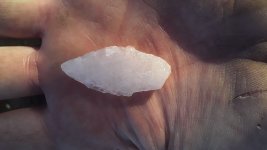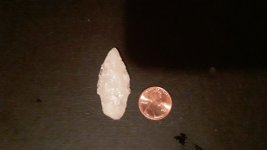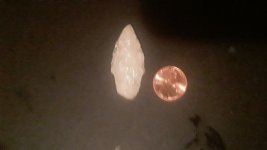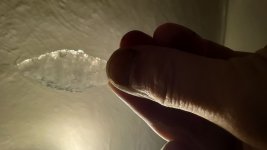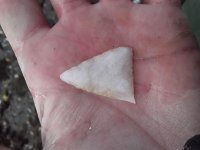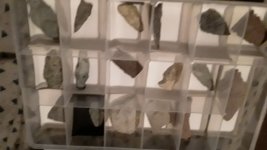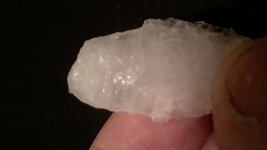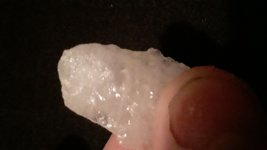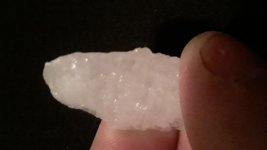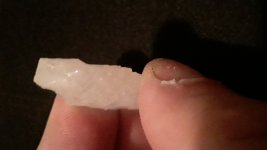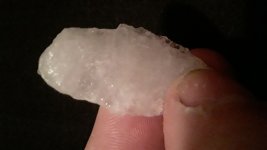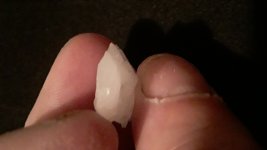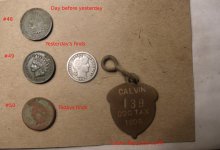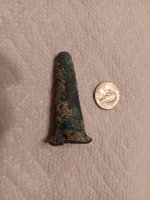Edgychris1
Sr. Member
Hi folks,
Today I found a great quality Quartz. It's quite wide and large for a bird point, but maybe. I found this 3 feet from the Beekman Triangle I found recently. I will attach a photo of that as well. It's a spot that is car out and only have been there 4 times. The seaweed covered most of the land, but pockets here and there. Amazed at quality. Not quite clear quartz, but nice.
Thanks for each and every comment and any Info.
Today I found a great quality Quartz. It's quite wide and large for a bird point, but maybe. I found this 3 feet from the Beekman Triangle I found recently. I will attach a photo of that as well. It's a spot that is car out and only have been there 4 times. The seaweed covered most of the land, but pockets here and there. Amazed at quality. Not quite clear quartz, but nice.
Thanks for each and every comment and any Info.
Amazon Forum Fav 👍
Attachments
Upvote
0


